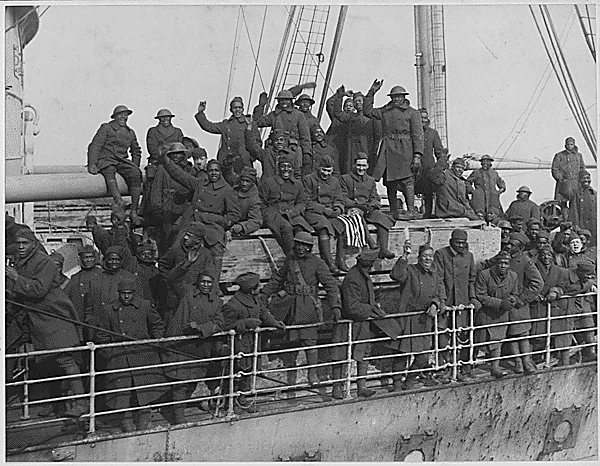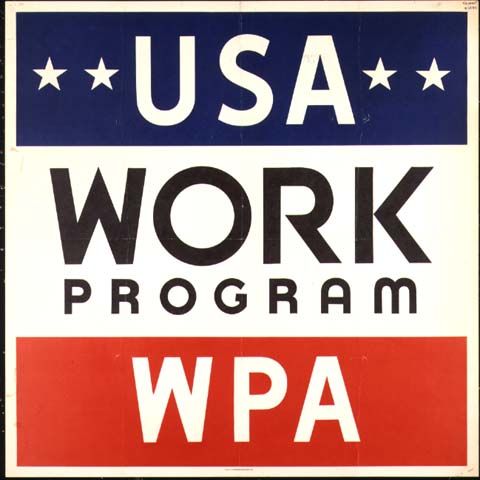Categories
Tags
- "I Have a Dream"
- 1906
- 1929
- 1960s
- 1963
- African-Americans
- African American
- Baby Boom
- Bill Clinton
- Birmingham
- Child Labor
- civil rights
- Civil Rights Movement
- Cold War
- communism
- Discrimination
- economics
- End of Segregation
- finance
- flappers
- Freedom
- Great depression
- Hilary Clinton
- human rights
- impeachment
- Japanese Internment Camp
- LAPD
- Martin Luther King
- Martin Luther King Jr.
- music
- Post WWII Events
- President
- prohibition
- racial discrimination
- Racism
- Richard Nixon
- rights
- segregation
- slavery
- Soviet Union
- Wall Street
- War
- Woodrow Wilson
- World War I
- WWI
Author Archives: Thomas
Posts: 6 (archived below)
Comments: 5
Hoovervilles
This is an image of a Hooverville that I would use in a montage of my film as the character recounts his experience living in one of these shanty towns. They are dubbed Hooverville after President Herbert Hoover who let the country slide into depression. I would like to show my audience that Hoovervilles formed across America and were the last resort for homeless families during the Great Depression. Ordinary people were forced to build new homes for themselves out of whatever material they could find. Most of the residents of Hoovervilles were unemployed and begged for food from charities and other families.

Image taken from u-s-history.com
Posted in 1920-1932, 1932-1940, Economic History, Final Exam Component
Tagged Great depression, Hooverville
Comments Off on Hoovervilles
Harlem Hellfighters
The United States officially entered World War I on April 6, 1917. One of the first infantry regiments to arrive in France was the 369th Infantry. This infantry is more commonly known as the “Harlem Hellfighters.” This infantry was entirely made up of African Americans under the command of white officers. The Harlem Hellfighters fought with the French at Chateau-Thierry and Belleau Wood. These two battles stopped the Germans from advancing which led to a counterattack on the Germans. The Harlem Hellfighters fought in combat for 191 days, longer than any other American regiment.
The United States army drafted both black and white men but served in segregated regiments. More than 200,000 African American soldiers were sent abroad during the war. Besides fighting on the front-lines, they also played an essential supporting role in building trenches, bridges, and roads.

The Harlem Hellfighters Return Home
Image taken from the National Archives.
Posted in 1916-1920, June 28 assignment
Tagged 369th Infantry, Harlem Hellfighters, World War I
Comments Off on Harlem Hellfighters
Iran-Contra Affair
The Iran-Contra Affair was a political scandal revealed in 1986 which related to events that took place earlier in Reagan’s administration. Hezbollah, a political group in Lebanon, had taken numerous Americans hostage. In an effort to increase US-Iranian relations, the US would indirectly sell weapons through Israel to Iran and in turn, Iran would do everything in its power to convince Hezbollah to release the hostages. The plan essentially became an arms-for-hostage affair.
In 1984, Congress banned American aid to the Contras of Nicaragua who were trying to overthrow the communist Sandinista government. Colonel Oliver North along with other high ranking military personnel, devised a plan in which some of the profits from the weapons sale to Iran would be diverted to aiding the Contras. It was widely known that Reagan was a supporter of the Contra cause, but there has never been any proof which shows Reagan authorized the diversion of profits from the weapons sales to the Contras.
http://www.youtube.com/watch?v=l8XWZcL7ZyY
Posted in 1969-1988, June 21 assignment, Midterm Exam Review, Political history
Tagged anti-communist, Contras, Iran, Nicaragua, Reagan
1 Comment
Economic Freedom of the 1950s
American society and culture of the 1950s was dominated by consumer driven values. These values are heavily influenced by the economic prosperity experienced in the 50s. The United States was still seen as the world’s dominant industrial power. The steel, automobile, and aircraft industry products were the most sought after in both domestic and international markets. The government also supported western state economies by issuing contracts for numerous military weapons due to the Cold War.
Jobs in the service sector also grew and because the economy was growing so rapidly, wages and benefits rose in parallel. There were relatively few strikes, high employment, and low inflation. Americans now had more residual income to spend on themselves. Credit cards and overall credit was also much easier to obtain. Jack Straus said, “The luxuries of today are the necessities of tomorrow.” Luxuries such as cars, air conditioning, dishwashers, and central heating were all becoming common items in households of the 1950s. Discount stores, shopping malls, and fast-food restaurants were also common.
The spending habits of Americans in the 1950s was similar to the spending habits of the 1920s. I believe the change in values was a result of the end of World War II. The 1950s represented the end of the Great Depression and War eras in which many items were scarce and many sacrifices had to be made. The 1950s can be categorized as a period of economic freedom, a freedom not experienced since roaring 20s.
Posted in 1953-1960, Economic History, June 15 assignment
Tagged consumerism, economic freedom, prosperity
1 Comment
Prediciton of the Subprime Crisis in 1999
The Glass-Steagall Act was repealed in 1999. Since the act was repealed, banks could now combine their commercial banking and their investment banking activities. Banks such as Citi and insurance firms like AIG were heavily investing in risky securities such as mortgage back securities and collateralized debt obligations. The mortgage back securities are what fueled the subprime mortgage crisis.
Senator Byron Dorgan was one of the few congressmen to vote against repealing the act. In this video, the senator predicts what will happen if the act is repealed. He correctly predicts the notion of “too big to fail.” This is when a firm gets so large, that its financial troubles will effect the entire United States economy. In order to prevent a financial disaster, this large firm is bailed out by the government. We saw this when AIG and countless other financial institutions were bailed out.
Posted in 1989-2000, Economic History, June 8 assignment
Tagged Byron Dorgan, Glass-Steagall, Subprime Crisis, Too Big To Fail
1 Comment
The New Deal

The Works Progress Administration (WPA) was one of the New Deals most ambitious programs. This program helped to put millions of people back to work by funding projects for highways, roads, school buildings, and sewage plants among the many other public works projects during the Great Depression Era. The poster above was frequently displayed nearby one of the funded work sites.
The New Deal was a group of economic programs implemented during president Franklin Delano Roosevelt’s first term in office. These programs were focused responses to the effects of the Great Depression. Overall, the programs can be summarized as focusing on the “3 Rs” which were relief, recovery, and reform. A number of programs were passed which still effect us today including the Glass-Steagall Banking Act and the Social Security Act.
The above image was taken from the National Archives.


